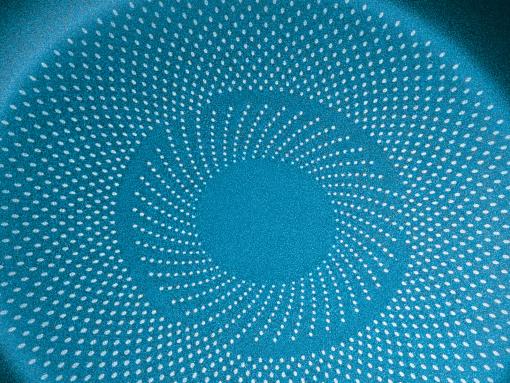Comparative Aquatic Toxicity and Environmental Fate Assessment
Carson, D.S.1, Remuzat, P.1, Essers, M.2, Wiedemeier-Jarad, M.2, Batoon, A.3
1 Blue Frog Scientific, 23 Old Fishmarket Close, Edinburgh, EH1 1AE, UK
2 LANXESS Deutschland GmbH, Chempark Leverkusen, 50679 Cologne, Germany
3 LANXESS Corporation, 2 Armstrong Road, Shelton, CT 06484, USA
6PPD and its ozonation transformation product 6PPD-quinone (6PPD-Q) are significant aquatic toxicants, with 6PPD-Q causing acute mortality in coho salmon (Oncorhynchus kisutch) via stormwater runoff. In response, regulators in Washington state and California are actively working to phase out or identify safer alternatives to 6PPD in tires through their respective Safer Products programs, while the EPA is pursuing federal regulations under the TSCA to address 6PPD and 6PPD-Q concerns.
This study presents environmental fate and aquatic toxicity data for N,N’-dicyclohexyl-p-phenylene-1,4-diamine (CCPD, CAS 4175-38-6) and its ozonation product CCPD-Q (CAS 1653-85-6), developed using safe-by-design principles as a 6PPD alternative. The dataset addresses US and EU hazard criteria and incorporates risk characterisation principles.
CCPD exhibited a log Kow of 4.8 and QSAR-estimated BCF/BAF values of 771 and 773, respectively. CCPD demonstrated significant environmental degradation: 61% biodegradation in 28 days (OECD TG 301D), and hydrolytic instability with DT₅₀ values of 2.5 h (pH 7) and 2.0 h (pH 8.5) under OECD TG 111 at 20 ºC.
Acute toxicity to coho salmon was assessed under flow-through conditions (OECD TG 203). CCPD had a 96h LC50 of 32 µg/L (measured), while CCPD-Q was not toxic at the solubility limit (149 µg/L). CCPD also exhibited comparable toxicity to Daphnia magna (48h EC₅₀ = 58.5 µg/L, OECD TG 202). This contrasts sharply with 6PPD-Q, which has a 24h LC₅₀ of 0.095 µg/L to coho salmon.
Ongoing flow-through testing in rainbow trout (Oncorhynchus mykiss) indicates lower sensitivity compared to coho salmon. Additionally, recognising the relevance of pulsed stormwater exposures, static 48 h tests (EPA OCSPP 850.1075) are underway to simulate transient exposure scenarios, where the instability of CCPD and co-exposure to transformation products will be apparent. Due to hydrolytic instability precluding standard algal tests, a flow-through Lemna sp. growth inhibition test (OECD TG 221) is also in progress.
A preliminary environmental risk assessment conducted in accordance with EU REACH indicates safe use of CCPD during manufacture and tire use, when applying the existing operational conditions and risk management measures applied for 6PPD.
These studies complete the short-term dataset for classification and hazard assessment. Future long-term studies will further define CCPD’s suitability as a safer, functional alternative to 6PPD in tire and rubber goods.
Presenter Bio: Dr. Damien Carson
Damien is a senior chemical regulatory expert with >20 years’ experience providing strategic, scientific and technical support to the chemical and biocide sectors. Damien is currently co-owner of the Blue Frog Scientific Group of Companies and sits on the Board of Directors of Blue Frog Scientific Limited, and Blue Frog Scientific SAS.
Damien is an expert chemical hazard and risk assessor in both the environmental (environmental fate and ecotoxicity) and human health (toxicology) disciplines, with a successful track record in the preparation, submission and defence of chemical registration dossiers.
Damien’s recent activities have focused on a combination of problem areas for Blue Frog clients, requiring advocacy representation, and supporting technical delivery of studies and associated expert reports dealing with both human health and environmental concerns. These activities include PBT assessment, endocrine disruption, and exposure assessment/risk characterisation.




